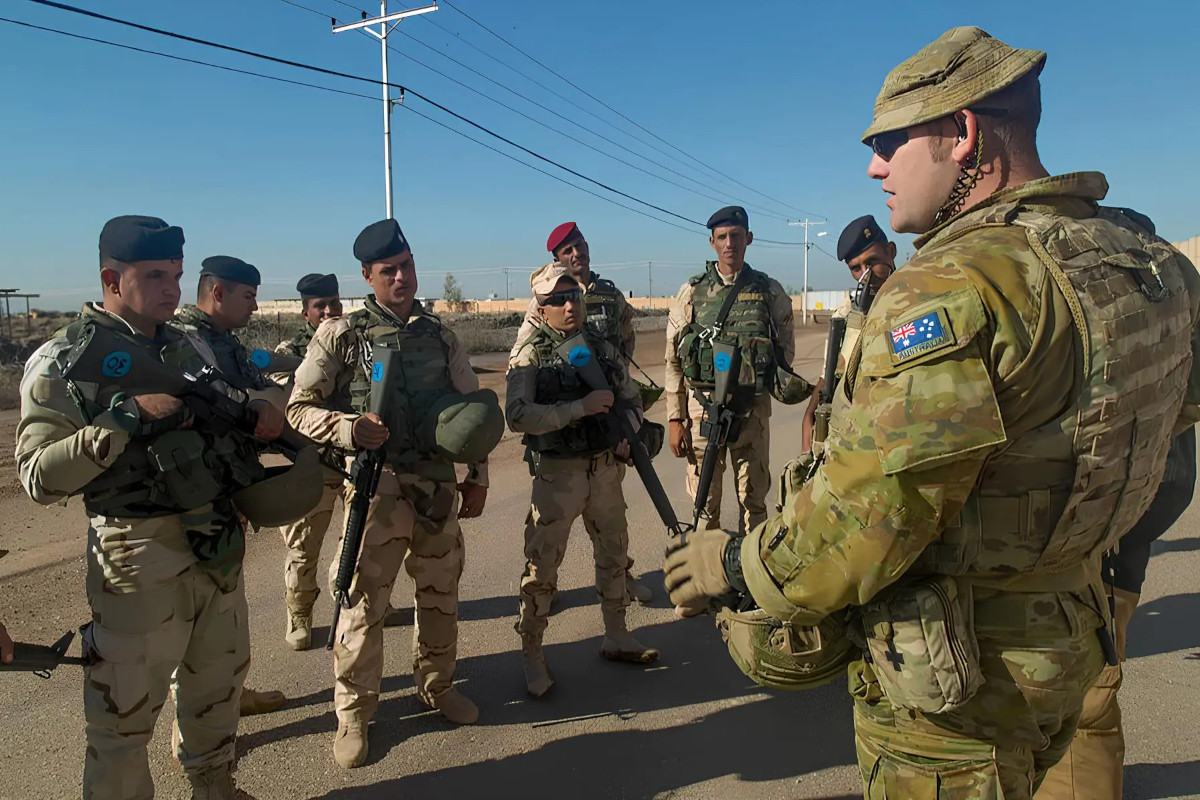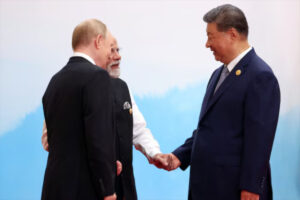The Pentagon no longer asks. It commands. Military exercises turn into political oaths. Hardware becomes a symbol of loyalty. And U.S. allies become hostages of dependence, stripped of the right to hesitate. At the TALISMAN SABRE 25 drills, there was no room for ambiguity. America spoke plainly: “You’re with us when we decide the moment has come.” Otherwise—you’re against us. That was the real message, packaged in the language of strategic partnership and defensive cooperation. This language still echoes in diplomatic briefings, but in practice it has shifted into ultimatum mode.
The American dependence of allies is no longer masked by the architecture of collective security. It works like a unilateral vertical of command, where Australia and Japan are reduced to operational hubs without agency. Their responses are becoming more cautious. In Canberra, officials prefer to stress that any decision to participate in a conflict will be made by “the government of the day.” In Tokyo, they publicly remind corporations operating in Taiwan that evacuation cannot be guaranteed. These dry phrases carry the weight of historical memory. Obligations dictated from Washington no longer feel like gestures of solidarity. They resemble wagers placed on someone else’s terms.
In the article published in New Eastern Outlook, I examine how the U.S. systematically rewrites the idea of “alliance” to fit its own fears and ambitions. The shift from strategic ambiguity to open pressure is not an accident. It’s a symptom. Panic disguised as confidence. The region is fragmenting. Rising centers of influence across Asia no longer fit into the old Pax Americana configuration. Washington is trying to cement what’s left of its control while it still has the leverage. That’s why the new logic of engagement excludes the right to say no. This dynamic is clearly reflected in the new American rhetoric on Taiwan, where demands for “clarity” coexist with an unwillingness to assume reciprocal commitments. This trend is detailed in a U.S. Department of Defense report.
This isn’t an alliance—it’s an operational model where regions are treated like mechanisms, reduced to interchangeable parts. Even business is beginning to feel like an actor in the geopolitical theater. In Japan, the government’s warning to companies on Taiwan was not just a safety precaution. It was a signal: your capital is now a strategic asset. I explore this shift further by referencing a Financial Times article, where this new corporate logic is already recognized as an emerging pattern.
Dependence here is not a mistake. It’s a method. It embeds itself in industrial chains and in programs marketed as neutral cooperation — like PIPIR. This is no longer diplomacy. It’s the administration of loyalty through logistics. The expansion of military infrastructure is mirrored by increasing control over supply chains and production assets of U.S. allies. I covered this in more depth in a previous article.
In this landscape, the allies are beginning to move. Carefully, in hints and evasions, but the movement is visible. They are not vassals, but they are not rebels either. Ambiguity becomes a shield. Silence in official commentary is not fear—it’s an attempt to preserve autonomy in a system where hesitation is interpreted as disloyalty. The positions taken by Australia and Japan reveal growing fatigue. Recycled military scenarios—from Ukraine to Taiwan—become mirrors in which they see their own possible future. The region responds instinctively, not ideologically. Because in this structure, it is not partnership that operates—it is memory. And memory in Asia is not a library archive. It’s a street sign, a cemetery wind, a clause of law that cannot be repealed.
The region’s collective reply is becoming more defined. It speaks quietly, but it is heard. This is not protest, but it is not acquiescence either. It is an attempt to regain agency under conditions where each pause is read as betrayal. Such a response cannot be captured in a press release. It won’t reach CNN or Bloomberg. It is expressed differently—in the absence of past predictability, in the refusal to make preemptive promises, in the persistent reluctance to play by coercive logic.





